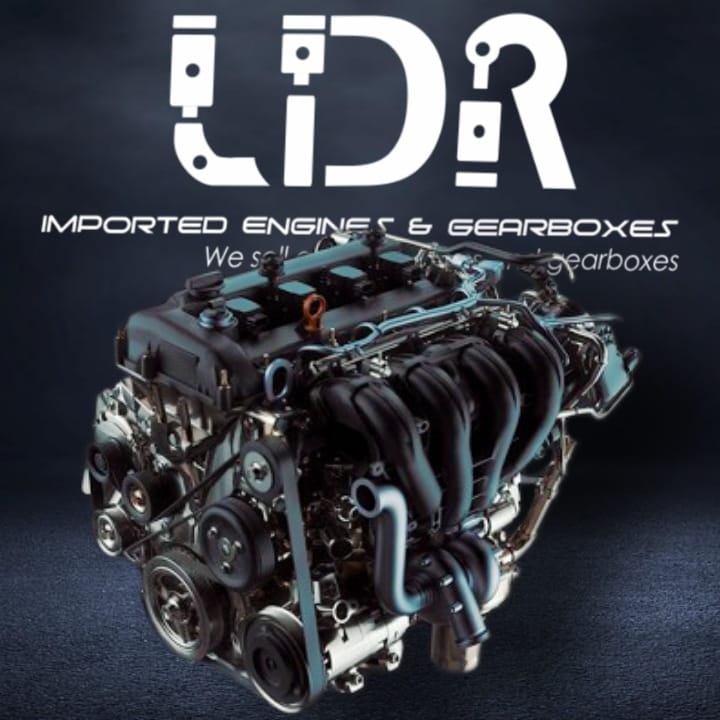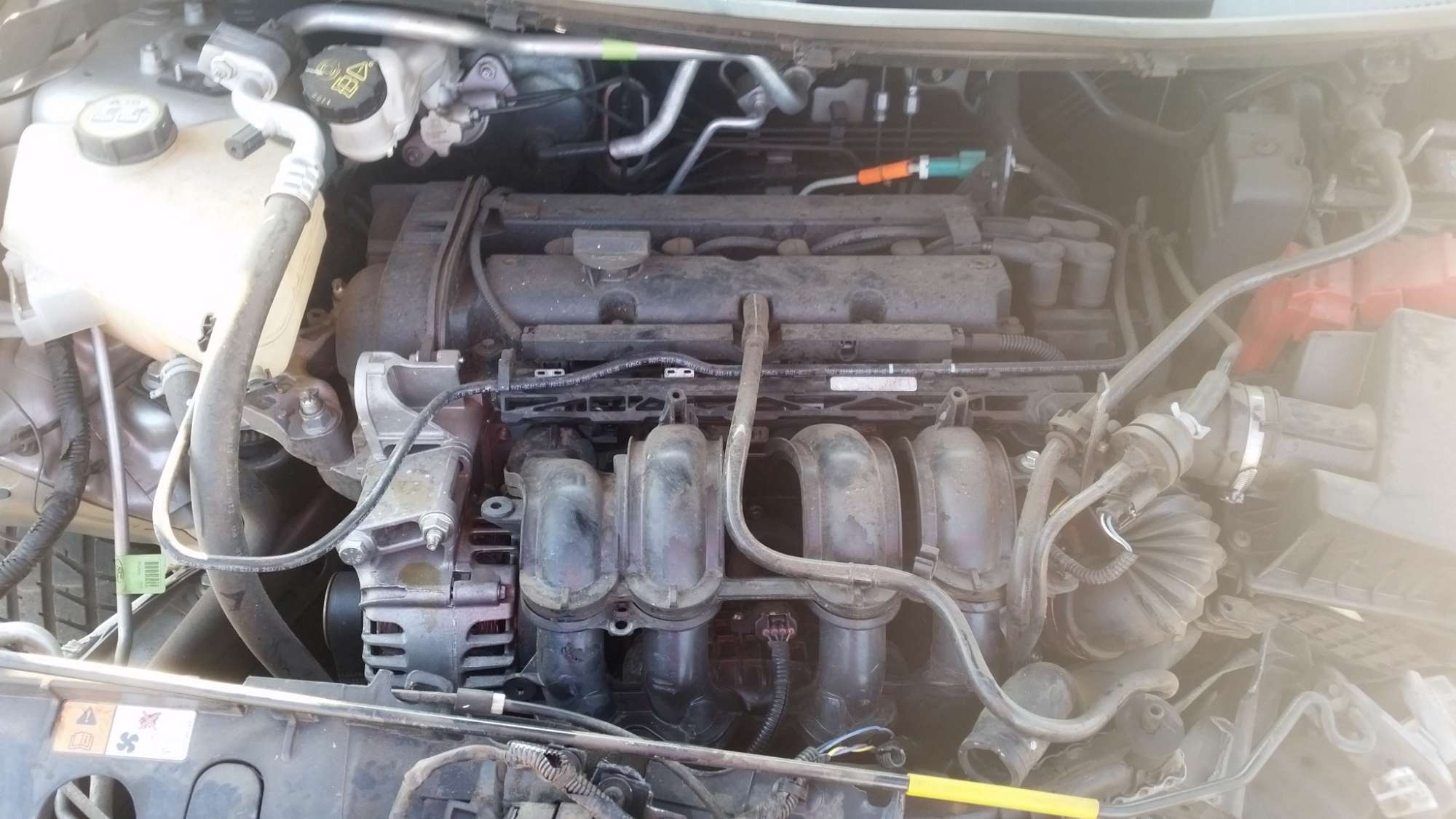How to Diagnose Ford Fiesta Engine Issues and Prevent Future Problems
How to Diagnose Ford Fiesta Engine Issues and Prevent Future Problems
Blog Article
Opening the Power of Engines: A Comprehensive Guide to Performance and Performance
Recognizing the detailed technicians of engines is crucial for both efficiency enthusiasts and daily drivers. The solutions may redefine our method to engine efficiency and performance in ways that are both enlightening and important.
Comprehending Engine Essentials
What makes up the basic mechanics of an engine? At its core, an engine is a machine designed to convert gas right into mechanical energy through a series of controlled explosions or burning processes. The main elements include the cyndrical tube, piston, crankshaft, camshaft, and shutoffs. The cylinder offers as the chamber where combustion happens, while the piston relocates within the cylinder to transform the power from combustion right into straight motion (ford fiesta engine).
The crankshaft after that changes this linear motion into rotational power, which inevitably powers the vehicle. The camshaft manages the opening and closing of the valves, controling the intake of air and fuel and the expulsion of exhaust gases. In addition, the engine depends on a very carefully adjusted fuel-air blend, ignition system, and cooling down system to guarantee optimum performance and effectiveness.
Recognizing engine basics also involves recognizing the value of engine cycles, such as the four-stroke cycle, which includes consumption, power, exhaust, and compression strokes. Each phase is crucial in ensuring the engine functions smoothly and properly. Proficiency of these fundamental mechanics prepares for exploring extra intricate engine characteristics and efficiency metrics, important for maximizing both power result and efficiency.
Secret Performance Metrics
Secret efficiency metrics are vital for reviewing an engine's effectiveness and power outcome, offering important insights for both customers and producers. These metrics function as criteria for engine performance, permitting notified decisions in buying, manufacturing, and style.
One of the main metrics is horsepower, which evaluates the engine's ability to perform work over time. Torque, gauged in pound-feet, is an additional essential statistics that shows the engine's rotational force, directly affecting velocity and pulling ability. Fuel effectiveness, commonly gauged in miles per gallon (MPG) or litres per 100 kilometers (L/100km), analyzes exactly how effectively the engine converts fuel right into movement, impacting functional expenses and environmental factors to consider.
In addition, thermal performance actions just how well an engine converts gas power right into useful work, exposing insights into energy losses mainly via warm. Discharge degrees, consisting of CO2 and NOx, are likewise crucial, reflecting the engine's ecological impact and compliance with regulatory standards.

Tuning Methods for Efficiency
Tuning methods play a significant duty in improving engine efficiency by optimizing efficiency metrics determined in earlier discussions (ford fiesta engine). Numerous methods exist to adjust an engine, each adding to boosted gas economic climate and decreased exhausts
One reliable method is adjusting the air-fuel ratio, guaranteeing the engine operates within the optimal burning regimen. A leaner blend can enhance fuel performance, yet it must be balanced to prevent misfires or engine knock. Furthermore, reprogramming the engine administration system can recalibrate criteria such as ignition timing, which further improves efficiency while maintaining power output.
An additional essential method involves changing the consumption and exhaust systems. Upgrading to high-performance air filters and exhaust headers can minimize back pressure, facilitating better air flow. This allows the engine to This Site take a breath more freely, resulting in enhanced combustion efficiency.
Moreover, the execution of innovative tuning devices, like dyno screening, offers exact information that allows targeted adjustments. Consistently checking these performance metrics ensures that adjusting efforts yield the preferred performance results. Collectively, these techniques not just strengthen engine performance however additionally my review here add to lasting sustainability in engine operations.
Maintenance for Ideal Efficiency
Regular engine upkeep is necessary for achieving ideal efficiency and long life. A properly maintained engine not just runs effectively however likewise decreases the risk of expensive repairs and malfunctions. Key elements needing regular attention consist of oil, filters, belts, and spark plugs.
Altering the engine oil at suggested intervals is important, as oil lubricates moving components and avoids getting too hot. Similarly, replacing oil and air filters makes sure that impurities do not impair engine feature. Disregarding these parts can result in minimized efficiency and potential engine damage.
Furthermore, inspecting and replacing used belts and hoses is vital to stop sudden failings. Timing belts, particularly, ought to be changed according to the manufacturer's routine to avoid disastrous engine damage.
Glow plugs ought to likewise be checked and replaced as essential, because they play an important duty in ignition and fuel efficiency.
Future Fads in Engine Innovation
Accepting improvements in technology, the future of engine design is positioned to change performance and efficiency across numerous applications. Crossbreed and totally electrical powertrains are coming her explanation to be increasingly mainstream, providing reduced emissions and boosted fuel efficiency.
Furthermore, developments in materials scientific research are causing lighter, more powerful parts that boost engine efficiency while reducing energy usage. Advanced production strategies, such as 3D printing, permit the creation of intricate geometries that boost air movement and thermal administration, therefore optimizing combustion processes.
In addition, the assimilation of synthetic intelligence and artificial intelligence is set to transform engine diagnostics and efficiency tuning. These modern technologies can evaluate huge amounts of information in actual time, allowing anticipating maintenance and tailored performance enhancements.
Verdict
In verdict, opening the power of engines needs a thorough understanding of their technicians and performance metrics. Executing efficient adjusting methods and adhering to normal upkeep techniques considerably enhance engine abilities.
In addition, the engine depends on a carefully calibrated fuel-air blend, ignition system, and cooling system to make sure ideal performance and efficiency.
Understanding engine basics also involves acknowledging the importance of engine cycles, such as the four-stroke cycle, which includes consumption, power, compression, and exhaust strokes. Proficiency of these fundamental auto mechanics lays the foundation for exploring a lot more complex engine dynamics and efficiency metrics, important for enhancing both power output and effectiveness.

Accepting advancements in innovation, the future of engine style is poised to transform efficiency and effectiveness throughout various applications.
Report this page